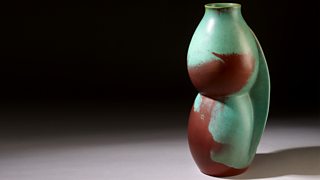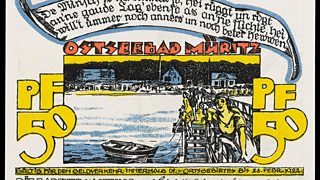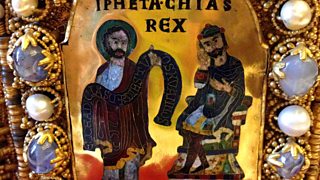Made in Germany: the stories of 10 fascinating objects
Volkswagen Beetle: an early global success
The Beetle is a classic German car but it was first produced by the British after World War Two. By 1955, one million of them had been made.
Volkswagen sold more abroad than at home and the car was an major success story. The biggest and most prestigious foreign market was the USA, where the un-American Beetle became an emblem of the counter-culture of the 1960s.
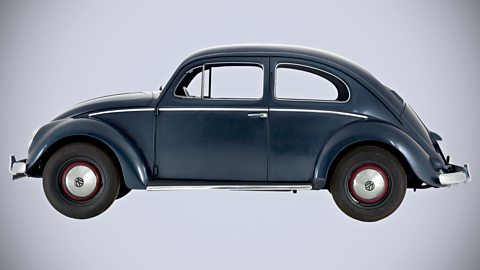
The story of the Beetle
Neil MacGregor explains why the British first produced this classic German car.
Barlach's angel: a new kind of war memorial
This sculpture, by Ernst Barlach, was commissioned in 1926 for Güstrow cathedral. It evokes a mother looking west, to the killing fields of Flanders, grieving for her dead son.
Volker Probst, director of the Barlach Foundation, says 'Barlach developed a new type of war memorial. There is no heroism, no glorification of death or war. Instead, you find an exploration of pain, death, mourning and grief.'
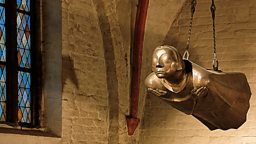
Porcelain rhinoceros: part of a porcelain menagerie
Augustus the Strong (1670- 1733) was so passionate about German porcelain that his collection extended to numerous birds and animals, including life-size peacocks, dogs, a fox, vultures, and two rhinoceroses modelled on D眉rer鈥檚 famous rhinoceros woodcut.
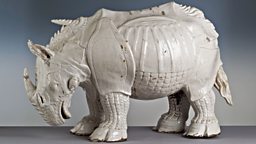
Rubble woman made from rubble
In the aftermath of World War Two, women were called upon to the clear the rubble from Germany’s cities. They were known as Trümmerfrauen, which means rubble women.
The artist Max Lachnit created this striking sculpture of the head and shoulders of a rubble woman, using hundreds of fragments of rubble.
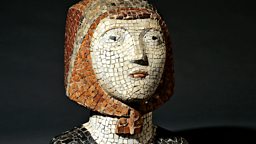
Astronomical compendium: the show-off gadget of its day
This unique compendium, made by Johann Anton Linden in 1596, has all you would want in one box in terms of time-keeping, finding your place on earth, and finding the date.
The smartphone of its day
Silke Ackermann, director of Oxford University's Museum of the History of Science, describes it as 'the smartphone of its day'. 'It is very much a show-off piece,' she says.
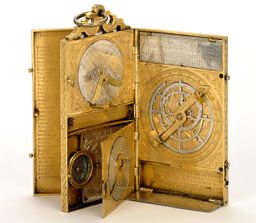
Bauhaus cradle: based on a circle, a triangle and a square
This cradle was created by 24-year-old student Peter Keler in 1922 at the Bauhaus, the pioneering school of art and design. Like so many Bauhaus objects, it is made of simple materials, in this instance wood. It uses pure geometric shapes and is painted in primary colours.
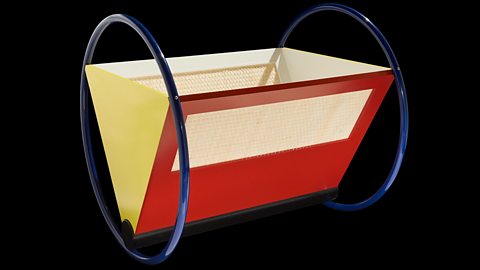
Bauhaus cradle
Neil MacGregor examines a cradle designed by Peter Keler in 1922.
The Four Evangelists: the most expressive lime-wood carving
The Four Evangelists (1492) by Tilman Riemenschneider are a brilliant example of a distinctively German art: carving lime-wood.
Art historian Julien Chapuis points out that with wood, 'expression is entirely dependent on your ability to control the chisel. And in that, Riemenschneider was unsurpassed.'

Strasbourg clock: astronomy, theology, mathematics and precision engineering
This is a domestic version of the famous Strasbourg Cathedral clock. It was made in 1589 by Isaac Habrecht.
This is the House of TimeNeil MacGregor
'This is the House of Time and its different dials and discs measure the minutes and hours of our lives from now to Judgement Day,' says Neil MacGregor.

Strasbourg Clock
Neil MacGregor demonstrates the domestic version of Habrecht's Strasbourg masterpiece.
Gutenberg Bible: printed on paper due to insufficient animals for parchment
Johannes Gutenberg invented moveable type and pioneered the printing press.
He wanted to use parchment for his first printing of the Bible, because it was considered to be the most precious material for the word of God. But it was impossible to obtain enough parchment to print 180 copies.
The Bible had around 2,000 pages and for every eight pages he needed one sheep or goat. There were not enough animals so he used paper.

Model of Friedrichstra脽e Station: used to train Stasi border guards
It is believed that this model of Berlin's Friedrichstra脽e Station was used to train the Stasi guards who closely monitored people leaving or entering East Berlin.
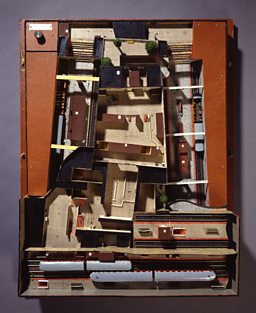
D眉rer鈥檚 Apocalypse: good timing helped sales
D眉rer鈥檚 Apocalypse (1948) was the first printed book in Western art to be illustrated by a major artist.
Many people believed the end of the world would come in 1500 and were curious to see what might be in store. This increased interest in D眉rer鈥檚 images.
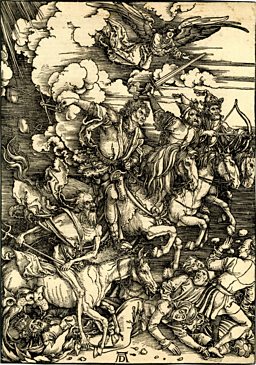
Features about Germany and the objects in this series
-
![]()
Beer riots and sausage snacks demonstrate a devotion to the national diet.
-
![]()
Degenerate art and other facts from this fascinating nation.
-
![]()
See photos and videos of this diverse collection of products and sculptures.
-
![]()
A selection of the most striking objects described by Neil MacGregor.
-
![]()
Neil MacGregor dips into the British Museum's collection of emergency money or notgeld.
-
![]()
See close-up images of the replica Reichskrone now in Aachen.

